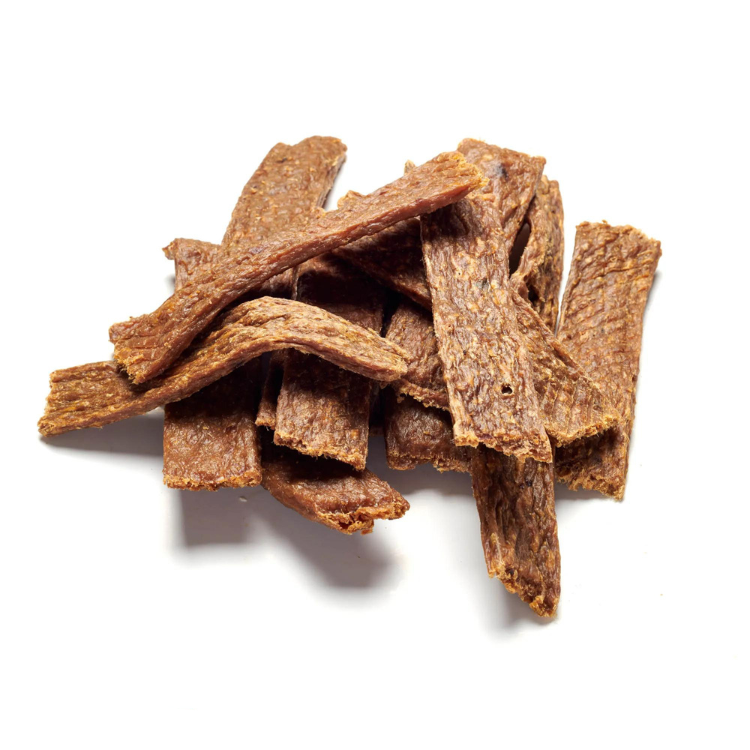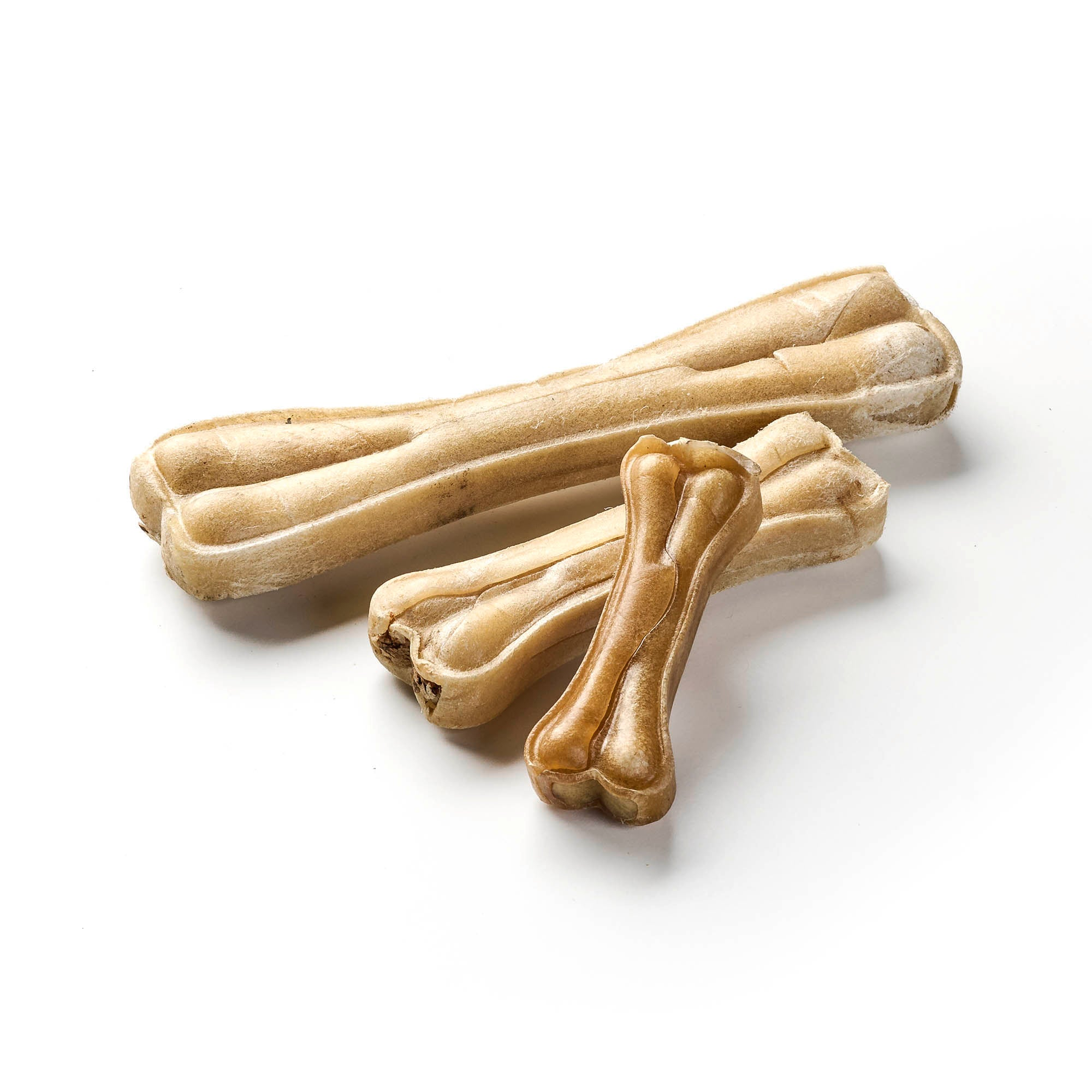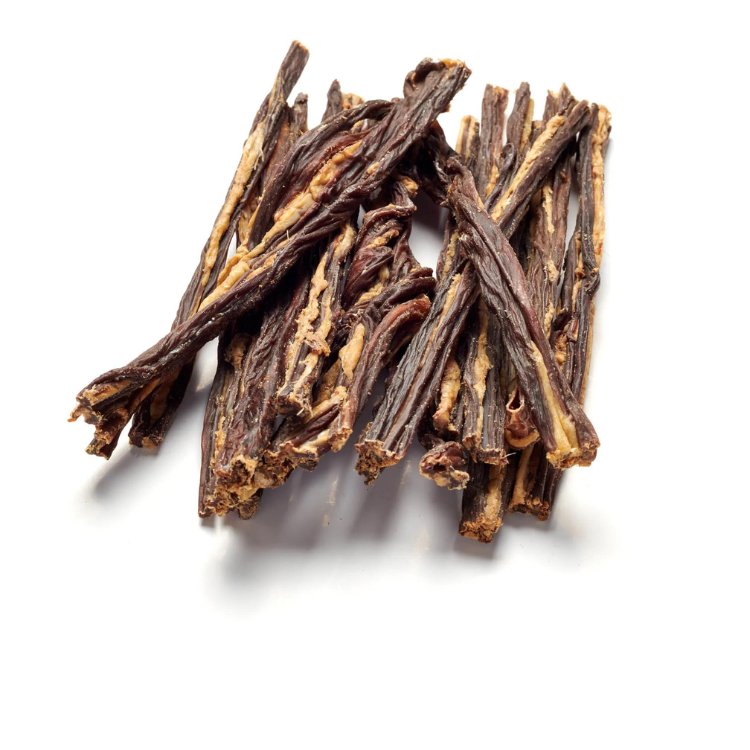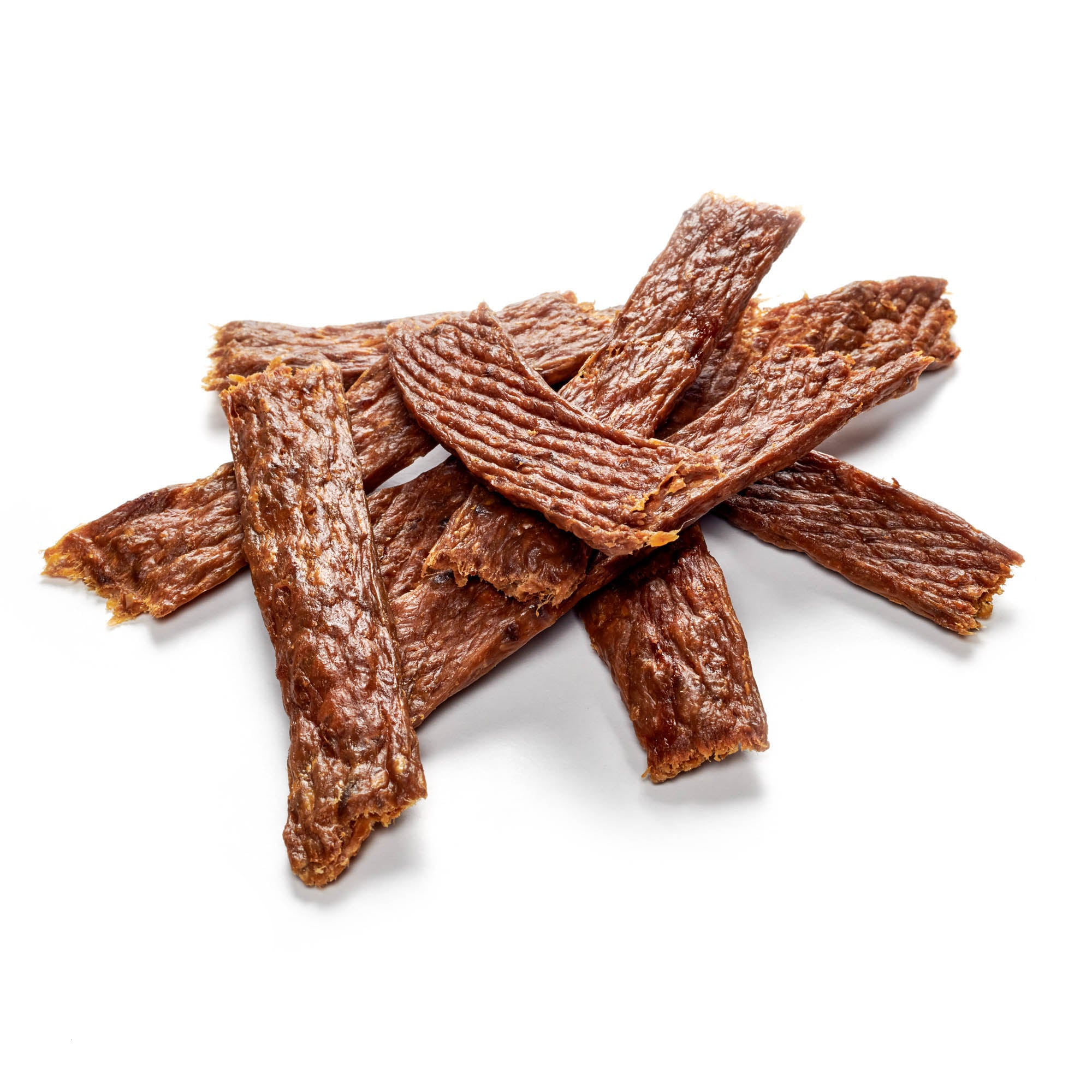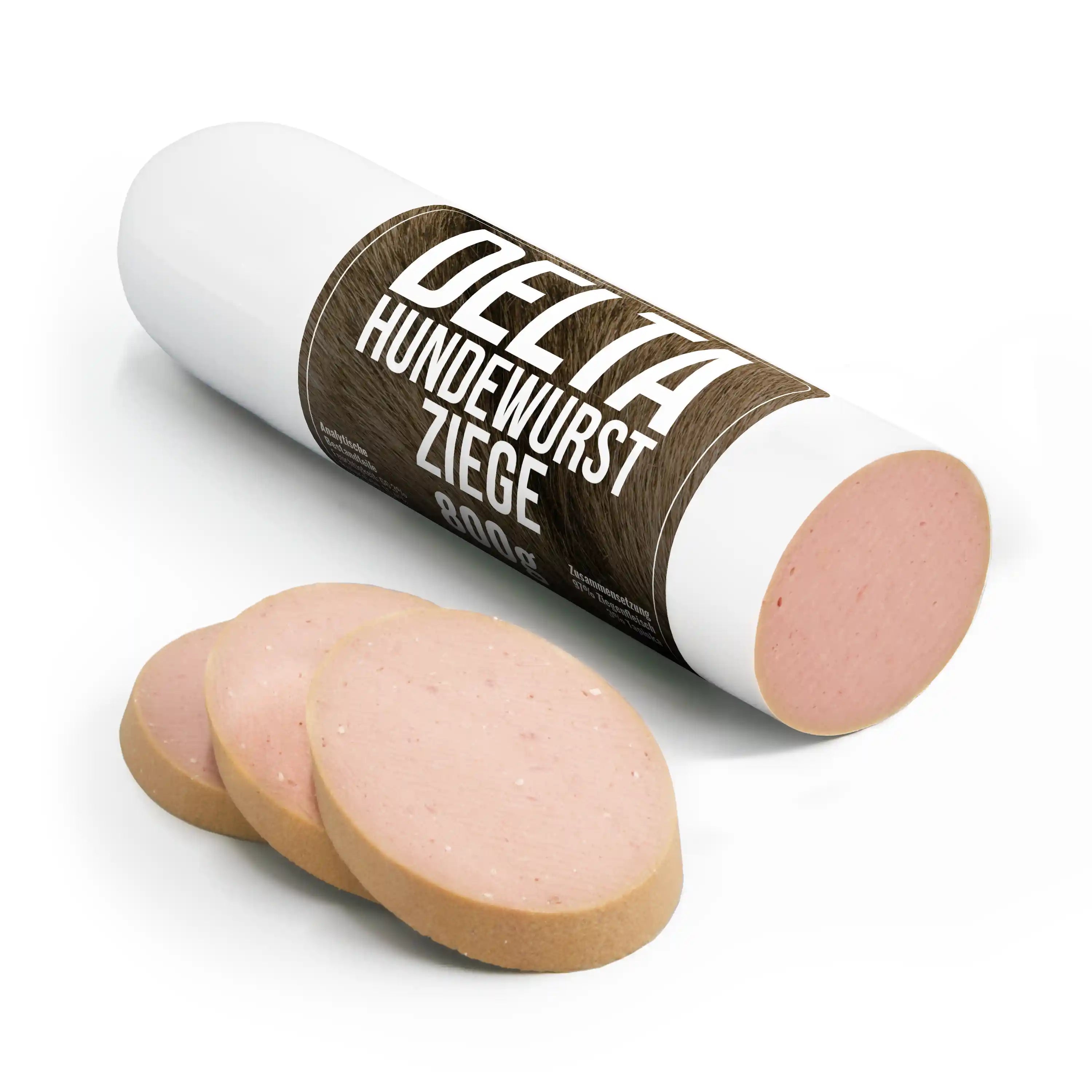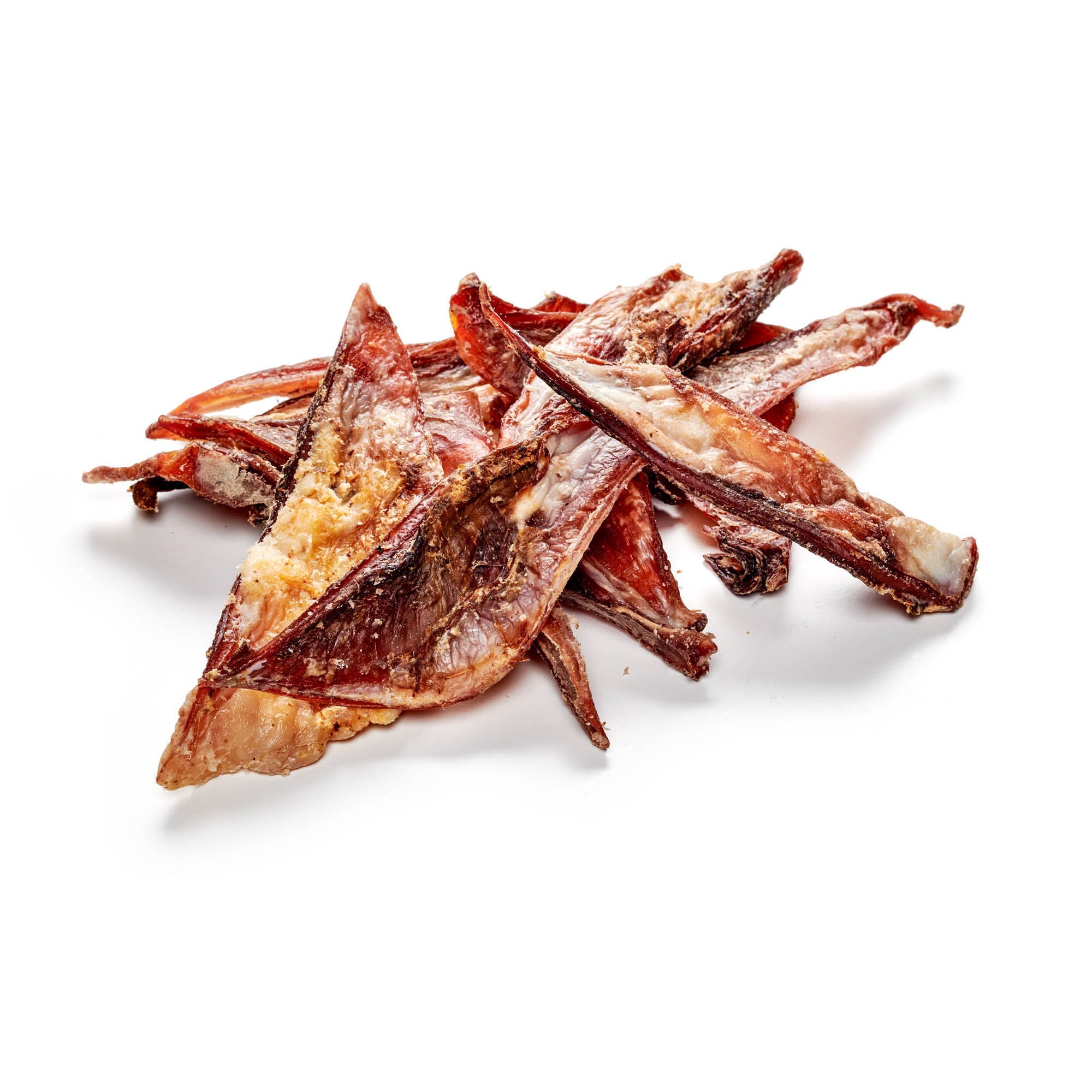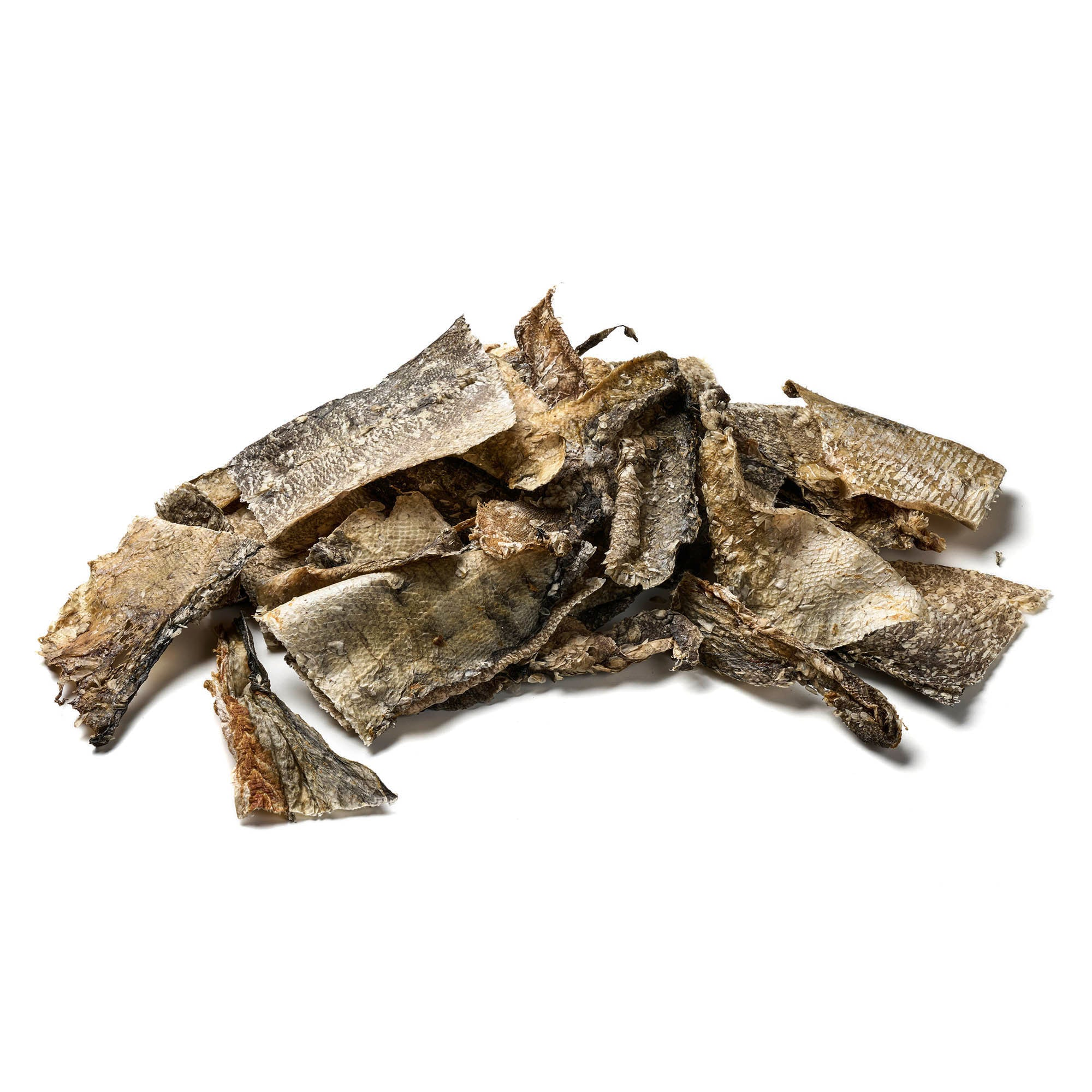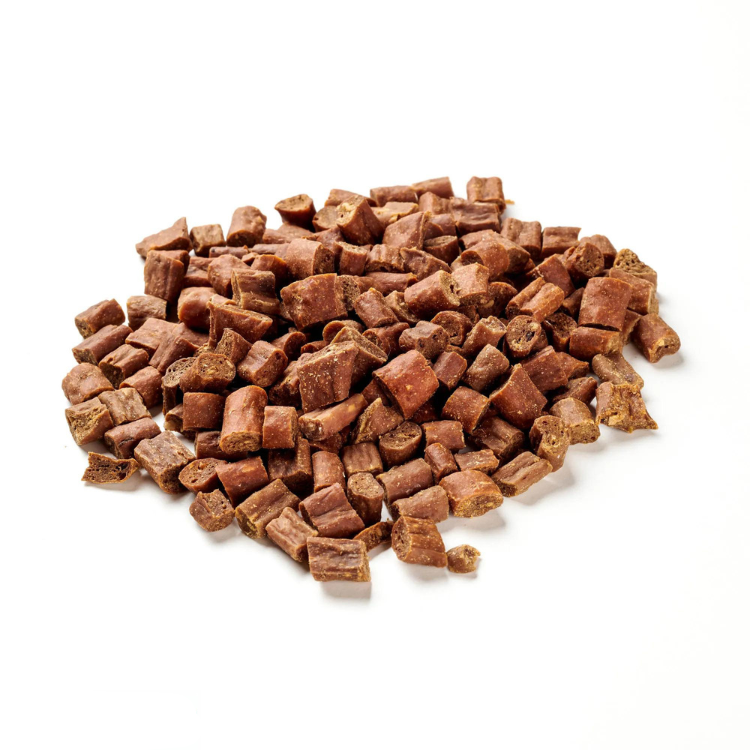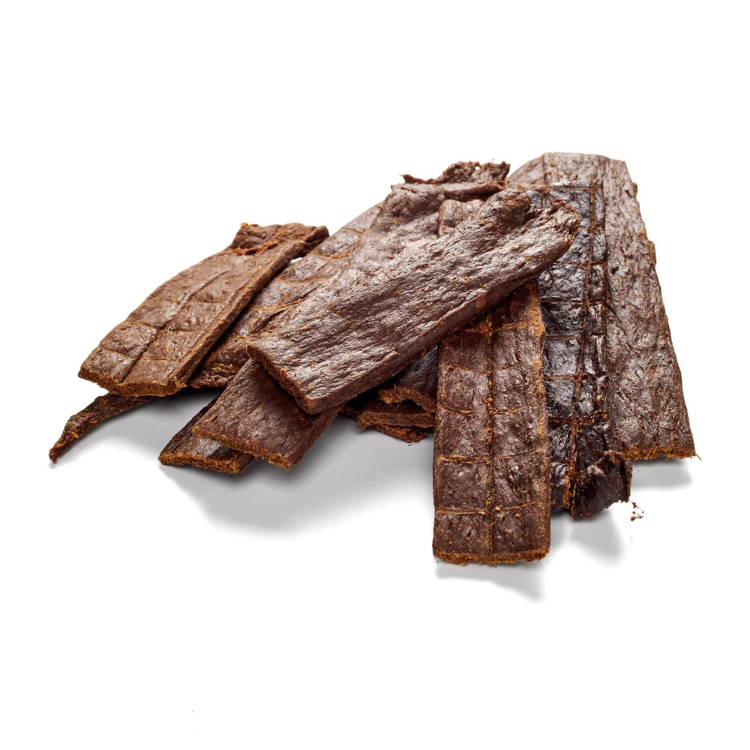
Labrador retrievers
Share
The Labrador Retriever combines the endurance of an athlete with the gentle disposition of a loyal friend. This dog roams fields and forests with enthusiasm, but is just as happy to snuggle up by your side. Originally bred as a hunting dog, this robust and intelligent four-legged friend has developed into one of the most popular family dogs in the world. His friendly nature, coupled with an unwavering desire to please, makes him not only an ideal companion, but also an indispensable helper in many social and professional areas. Immerse yourself with us in the fascinating portrait of the Labrador Retriever and discover what makes this dog so special.
Content: Labrador Retriever
Delicious chews for your faithful companion now available!
Labrador Retriever - Profile
- Character: Balanced, bright, adaptable, intelligent, eager
- Size: Large
- Height: 53-57cm
- Weight: 25-36 kg
- Life expectancy: 10-12 years
- Coat type: Short hair, dense undercoat
- Colour: Solid black, yellow, liver/chocolate brown, fox red, small white chest patch permitted
- Special features: Water-repellent skin
- FCI Group: Retrievers, flushing dogs, water dogs; Retrievers with working test
Labrador Retriever - Special Characteristics
The Labrador Retriever has a powerful build and an impressive chest. The dogs have a broad and massive head and a large snout. The water dogs have short fur and a pronounced water-repellent undercoat. The coat colors are always solid and range from black and brown to blond or fox red.
The Labrador has an extremely loving nature. It is often used as a therapy and companion dog. Its good-natured and sensitive nature is an advantage here. Due to its strong hunting instinct, good and thorough training of Labradors is essential. The dog has a strong desire to please, this instinct is called "will-to-please". The dogs have a calm and balanced character and can be kept as a family dog.
Because the animals have a strong need for exercise due to their past, they are absolutely not suitable as city dogs. You absolutely have to take the dogs on long walks every day. The weather shouldn't play a role. You can make the dogs very happy if you give them the opportunity to let off steam in the water. Also think about taking your four-legged friend to dog training.
Labrador Retriever - What should you consider when feeding them?
A diet with a high meat content of around 70% is best for the Labrador Retriever. A large amount of fruit and vegetables should also be fed. The animals are real gluttons. Labradors can be fed both wet and dry food. Biologically appropriate raw food ( BARF ) is also suitable for feeding large dogs, provided the quality of the raw food is of a sufficiently high standard. A balanced diet that is based on the dog's age, weight and activity level is important. In any case, excess weight should be avoided in order to prevent health problems. The animals have a tendency to become obese due to their appetite. If there are any deficiencies, you should always consult a veterinarian and discuss the dog's diet with them.
Pamper your dog with our chew products!
Labrador Retriever - Health and Care
The Labrador is one of the dogs that sheds hair all year round and therefore needs to be brushed daily. This is usually quick and you can leave it at that. A dirty dog should never be washed with shampoo in order not to destroy the protective layer and avoid skin diseases. A shower with lukewarm water and a brush for more stubborn dirt is usually sufficient.
A healthy diet and sufficient exercise contribute to a long dog life. Remember: true beauty comes from within. This also applies to dogs and rewards loving training and good nutrition with a shiny coat.
Labrador Retriever - Origin & History
Labradors probably come from the coast of Newfoundland. They are said to have been used there by fishermen for retrieving. They are said to have descended from the St. John's dog, which is common there. This is supported by their tendency to spend time in the water due to their water-repellent fur. Labradors as we know them today were bred on the British Isles after the dogs crossed the Atlantic on fishing boats. In the early 19th century, the breed of dog became popular among the British nobility. This development is due in part to the efforts of Earl Malmesbury. Labrador Retrievers were first recognized as a breed of dog by the Kennel Club in 1903. Over the last century, water dogs have increasingly become popular as companion and working dogs. Today, these highly trainable dogs are used as guide dogs, rescue dogs, and sniffer dogs, among other things.
Labrador Retriever - The right accessories
You don't need any unusual equipment to keep a Labrador Retriever. A hairbrush to care for the coat, a dog collar or harness and a good leash are among the most important items. You should also provide your friend with a basket in which he can rest. A leash can help to keep the dog under control even when he is actively hunting.
Objects for retrieving are particularly suitable as toys. Retrieving sticks and balls is in the animals' nature and brings out their great enthusiasm.
Conclusion
The Labrador Retriever is a versatile dog with a balanced character and great enthusiasm. It is easy to care for, but it does require a lot of exercise and a balanced diet. Its history as a hunting dog and its wide range of uses make it a valued companion.
<Discover our selection of premium dog chews!

